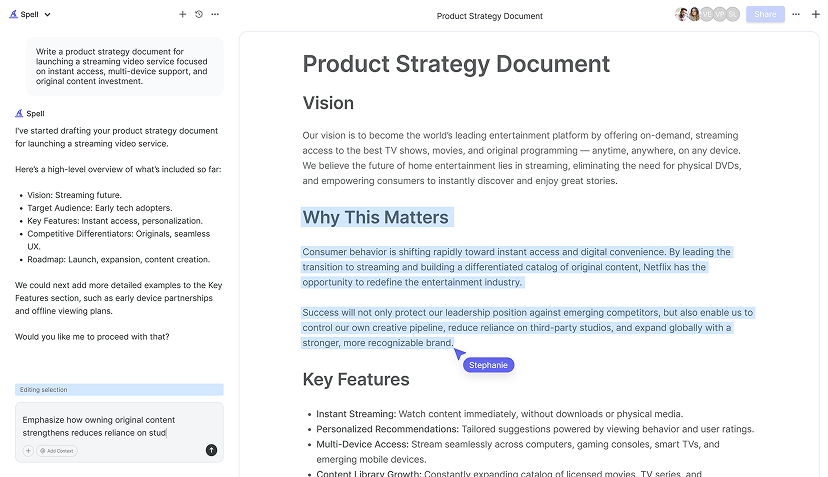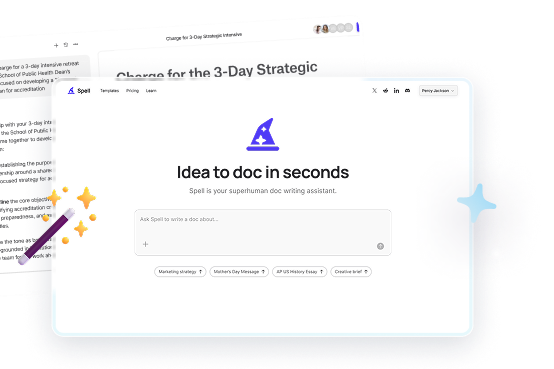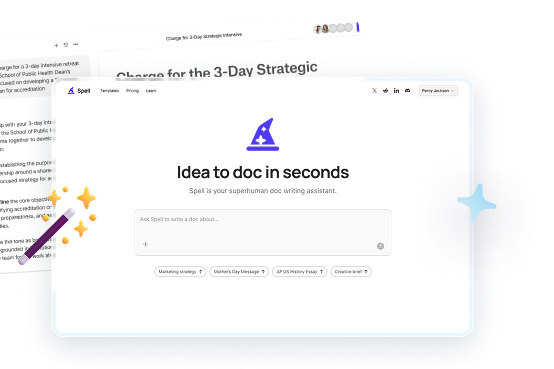Planning for a decade might sound like a daunting task, but it doesn't have to be. Whether it's about career goals, personal achievements, or financial milestones, a 10-year plan gives you a roadmap to your future. This guide will break down the process into bite-sized steps, offer practical tips, and share relatable examples to get you started.
Start With Your Vision
Before you can map out a 10-year plan, you need to have a clear vision of where you want to be. Take some time to think about your long-term aspirations. Do you see yourself in a different career, living in another city, or having a family? Jot down everything that comes to mind, no matter how big or small.
- Ask yourself: What's important to me?
- Where do I want to be in 10 years?
- What are my values and priorities?
Once you've reflected on these questions, start drafting a vision statement. This is your north star, guiding every decision you make over the next decade. Here's a simple example:
In 10 years, I envision myself as a successful entrepreneur, living in the countryside with my family, contributing positively to my community, and maintaining a healthy work-life balance.
Keep this vision statement somewhere visible. It will serve as a constant reminder of your ultimate goals.
Break It Down Into Smaller Goals
Now that you have a vision, the next step is to break it down into smaller, actionable goals. These goals should be specific and measurable. Think of them as stepping stones that will lead you to your ultimate vision. Here's how to approach this:
- Career: If your vision involves a career change, set goals like gaining a new qualification, securing a specific job role, or starting your own business.
- Personal Life: If living in a new city is part of your vision, set goals such as visiting the location, researching housing options, or saving a specific amount for relocation.
- Financial Goals: If financial security is important, plan to pay off debts, save a certain amount, or invest in assets.
Write these goals in a way that makes them tangible. For example:
Within 3 years, I will complete a degree in business administration to prepare for a career change.
Having these smaller goals makes the 10-year plan less overwhelming and more achievable.

Set a Timeline
Timelines are crucial in keeping your plan on track. Assign deadlines to each of your smaller goals. This not only creates a sense of urgency but also helps you prioritize tasks. Here's how you can organize your timeline:
- Short-term goals: Achieve within 1-2 years. These could be immediate steps like enrolling in a course or starting a savings plan.
- Mid-term goals: Complete within 3-5 years. These might include career transitions or significant life changes like relocating.
- Long-term goals: Finalize within 6-10 years. These encompass bigger achievements like owning a home or reaching a specific career level.
To visualize this, consider using a timeline chart or a simple spreadsheet to map out your goals and their deadlines. Keeping track of your progress will make adjustments easier as life events unfold.
Identify Potential Challenges
No plan is without its hurdles. Anticipating potential challenges can help you prepare to face them. Reflect on what obstacles might impede your progress and brainstorm strategies to overcome them.
- Financial Constraints: Create a budget or seek financial advice to manage resources effectively.
- Time Management: Prioritize tasks and consider using tools to organize your schedule.
- Skill Gaps: Identify areas where you need further education or training and make plans to fill those gaps.
For instance, if financial constraints are a concern, you might add a goal like:
By year 2, I will have saved 20% of my income to fund my career transition.
Being proactive about potential challenges ensures you're not caught off guard, making it easier to stay on track.
Stay Flexible and Adapt
Life is unpredictable. Your 10-year plan should be flexible enough to adapt to changes. Regularly review and adjust your plan to reflect your evolving circumstances and priorities.
- Schedule regular check-ins, perhaps every six months, to assess progress.
- Be open to modifying goals if they no longer align with your vision.
- Celebrate milestones, no matter how small, to keep motivated.
Remember, the goal of a 10-year plan isn't to set your life in stone but to provide a flexible framework that can guide your decisions.

Leverage Resources and Support
You're not alone on this journey. There are countless resources that can help you along the way. Whether it's mentorship, online courses, or networking, leveraging resources can significantly ease your path.
- Educational Tools: Platforms like Coursera or Khan Academy offer courses that can help you gain new skills.
- Networking: Join professional groups or attend industry events to meet others who can offer advice or opportunities.
- Mentorship: Seek out people who have achieved what you're aiming for and learn from their experiences.
Interestingly enough, using Spell can also give you a leg up. As a powerful AI document editor, it can help you draft and refine your plans quickly, saving you both time and effort.
Track Your Progress
Tracking progress is crucial for staying motivated and ensuring that you're moving in the right direction. There are various ways to keep tabs on your progress:
- Journaling: Keep a journal where you document your accomplishments and setbacks.
- Digital Tools: Use apps or spreadsheets to monitor your progress and deadlines.
- Feedback: Regularly seek feedback from trusted advisors or mentors.
For instance, you could use a simple spreadsheet to keep track of your goals, deadlines, and progress notes:
Goal | Deadline | Status
---------------------|------------|---------
Complete Business | 2026 | In Progress
Administration Degree| |
---------------------|------------|---------
Save for Relocation | 2028 | Not Started
Regularly reviewing your progress can highlight areas that need attention and motivate you to keep going.


Revise and Reflect
Your 10-year plan isn't set in stone. Regular reflection and revisions are necessary to ensure it remains relevant to your life. Consider setting aside time annually to evaluate your plan and make necessary adjustments.
- Reflect on what has worked well and what hasn't.
- Update your goals to reflect changes in your priorities or circumstances.
- Celebrate your achievements and learn from your mistakes.
Remember, a plan is a living document that evolves as you do. Don't be afraid to make changes!
Conclusion: Keep Your Eye on the Prize
Writing a 10-year plan can seem like a big task. When broken down into manageable steps, it becomes much more doable. By having a clear vision, setting concrete goals, and being flexible, you can create a roadmap that guides you through the next decade. If you're looking to streamline the process, Spell can be your ally, helping you draft and refine your plan efficiently. Good luck on your journey. You've got this!






